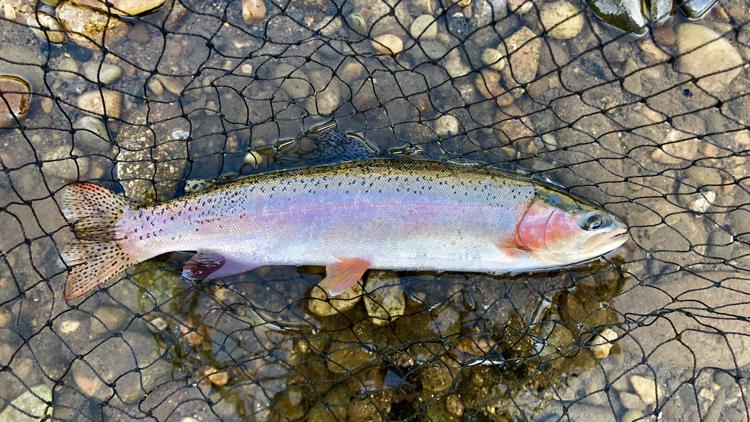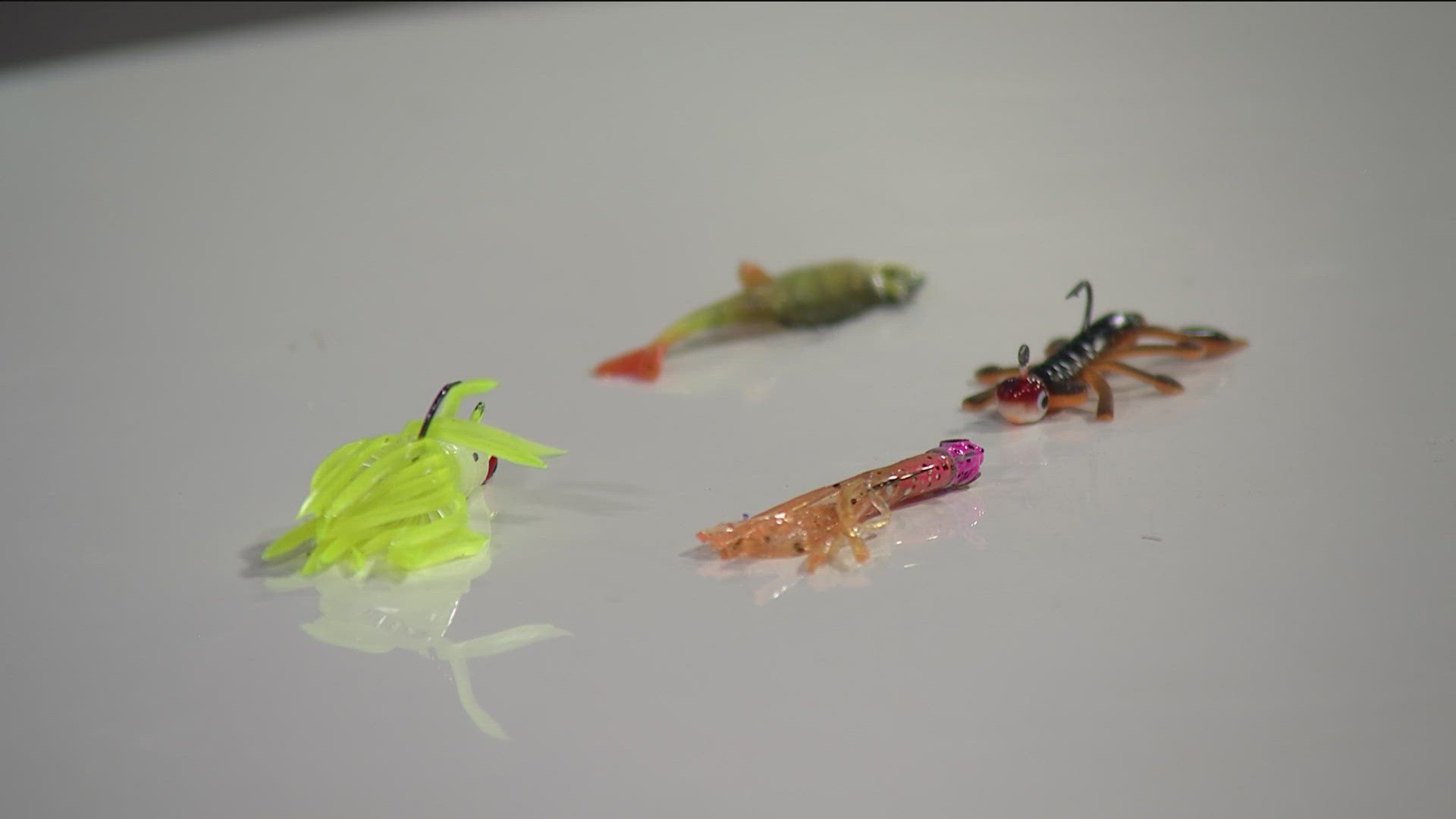BOISE, Idaho — Tight Lines 208 is dedicated to helping people become better anglers through education. The Tackle Tip is designed to give readers a crash course on a specific lure or gear item. Want to see a topic covered? Email tightlinesboise@gmail.com with your suggestion!
This week’s Tackle Tip highlights a simple but essential item every angler should carry: a reliable landing net. Having a good net and knowing how to use it can go a long way toward improving your success rate — especially when it comes to landing big fish!
So, what makes a good net? In part, it depends on how you plan to use it. If you fish from a boat, nets with long handled are helpful. For bank fishing, something light and easy to carry around is ideal. I have four nets in my collection: a long-handled net for my boat, a floating, short-handled net for wading the river, a small handheld net for backpacking and float tube trips, and an oversized net for big species like Chinook salmon, flathead catfish and tiger muskie.
No matter your net’s size and application, I recommend spending the extra money to get rubber netting (rather than knotted nylon). Rubber is easier on both the angler and the fish, as lures and fishing line don’t easily get tangled in the netting. You can net your fish, remove your lure without hassle, and allow the fish to recover underwater while still in the net if needed.
It’s also important to use your net properly. There are two main things to be mindful of, both of which are commonly misunderstood:
- Keep the net out of the water until the fish is ready to land. If the net is in the water, fish will want to swim away from it. The net will also feel much heavier and slower-moving if it is underwater. Keep the net at the ready, and when the fish is at the surface, calmly scoop it up in one smooth, swift motion.
- Always net fish head-first! Fish aren’t good at swimming in reverse, so if your trophy catch makes any last-second bursts, it will most likely swim further into the net (whereas if you go tail-first, it will swim out of the net).
Using a net can help you avoid the heartbreak of losing a lunker. It’s also a safe way to avoid getting poked or pierced by hooks, teeth and spines as you land your fish. Scoop one up at your favorite local tackle shop today. Tight lines!
Jordan Rodriguez has been fishing Idaho waters for 25 years. Share your fish stories, adventures and questions with him at tightlinesboise@gmail.com, or visit www.tightlines208.com for the latest local fishing reports and upcoming class offerings.



